What are the advantages of BOPP film
Third, BOPP film offers great versatility and safe...
MoreThe application of printed BOPP film is extensive and critical in the modern packaging industry, primarily due to its superior properties that meet demanding commercial needs. Biaxially Oriented Polypropylene (BOPP) film is a versatile material known for its high tensile strength, excellent clarity, and outstanding moisture barrier qualities. When combined with high-quality printing techniques, it becomes a powerful tool for brand differentiation and product protection. This film is widely utilized across various sectors because it can be customized with vibrant, durable graphics that enhance shelf appeal. The global BOPP films market, valued at approximately USD 17.5 billion in 2022 according to industry reports from Grand View Research, is projected to grow at a compound annual growth rate (CAGR) of around 6.5% from 2023 to 2030. This growth is largely driven by the escalating demand for flexible packaging solutions in food, beverage, and consumer goods industries. Printed BOPP film serves as a primary packaging material for snacks, confectionery, and frozen foods, where visual appeal and freshness preservation are paramount. Its ability to hold intricate designs and brand logos without sacrificing functional performance makes it an indispensable asset for manufacturers aiming to capture consumer attention in a competitive marketplace. The printing process on BOPP film often involves advanced methods like rotogravure or flexography, which ensure high-resolution, smudge-resistant images that remain intact during handling and transportation. This reliability is crucial for maintaining brand integrity from production to end-user.
In the food and beverage sector, printed BOPP film is predominantly used for packaging items such as potato chips, biscuits, chocolates, and instant noodles. Its excellent barrier properties protect contents from moisture, oxygen, and external contaminants, thereby extending shelf life and ensuring product safety. For instance, major snack brands like PepsiCo's Frito-Lay and Mondelez International extensively use printed BOPP films for their packaging, as evidenced by their product lines and sustainability reports. These companies leverage the film's gloss and clarity to create eye-catching designs that communicate brand values and nutritional information effectively. Moreover, BOPP films are compliant with food contact regulations set by authorities like the FDA in the United States and EFSA in Europe, making them a safe choice for direct food packaging. Statistical data from Smithers Pira indicates that the flexible packaging market, where BOPP films hold a significant share, is expected to reach USD 358 billion by 2025, with food applications accounting for over 60% of this demand. The printability of BOPP film allows for the inclusion of QR codes, promotional messages, and multilingual labeling, which are essential for marketing campaigns and regulatory compliance in global trade. Additionally, the film's resistance to grease and oils makes it ideal for oily snacks, preventing package deterioration and maintaining aesthetic quality throughout the product's lifecycle.
Beyond food packaging, printed BOPP film finds substantial applications in the labeling and lamination industries. It is commonly used as a pressure-sensitive label material for bottles, containers, and personal care products due to its smooth surface and excellent print adhesion. Brands in the cosmetics and pharmaceutical sectors, such as Procter & Gamble and Johnson & Johnson, utilize printed BOPP labels to convey crucial information like ingredients, usage instructions, and branding in a durable, water-resistant format. According to market analyses from AWA Alexander Watson Associates, the global label market saw BOPP films capture a share of over 25% in 2022, driven by their cost-effectiveness and versatility. In lamination, printed BOPP films are applied as overlay films on paper and cardboard to enhance durability, visual appeal, and scuff resistance in products like book covers, gift wraps, and promotional materials. This application leverages the film's high tensile strength and dimensional stability, which prevent curling and fading under various environmental conditions. Real-world data from industry sources like BPIF Cartons highlights that laminated packaging with printed BOPP films can increase perceived product value by up to 30%, influencing purchasing decisions. The film's adaptability to different inks and coatings also allows for special effects like metallization and matte finishes, catering to diverse consumer preferences and premium branding strategies.
The advantages of printed BOPP film extend to sustainability and operational efficiency, aligning with contemporary environmental trends and economic demands. While traditional plastics face scrutiny, BOPP films are recyclable and often incorporated into circular economy initiatives, as noted by organizations such as the European Plastic Films Group. Many manufacturers are developing thinner gauge BOPP films that reduce material usage without compromising performance, leading to lower carbon footprints and transportation costs. For example, Innovia Films, a key producer, reports that their printed BOPP solutions can achieve up to 20% reduction in plastic weight per unit compared to older variants, contributing to waste minimization. From an efficiency standpoint, printed BOPP films enhance production line speeds due to their excellent machinability and low heat-seal initiation temperatures, which reduce energy consumption during packaging. Market research from PCI Films Consulting shows that converters prefer BOPP for its high yield and minimal waste generation during printing and cutting processes. Furthermore, the film's resistance to chemicals and UV light ensures that printed designs remain vibrant over time, reducing the need for reprints and inventory losses. As consumer preference for sustainable and visually appealing packaging grows, printed BOPP film continues to evolve, with innovations in bio-based materials and digital printing technologies further expanding its applications. This positions it as a future-proof solution for industries seeking to balance ecological responsibility with market competitiveness.
Select the most popular foreign trade service products to meet your diverse needs
Learn more about the dynamics and professional knowledge of the foreign trade industry

Third, BOPP film offers great versatility and safe...
More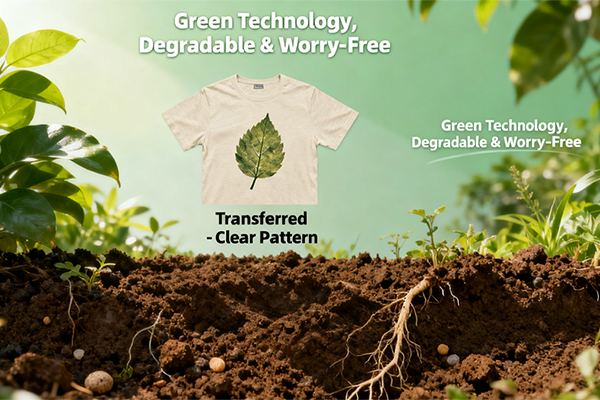
In the dynamic world of custom apparel printing, b...
More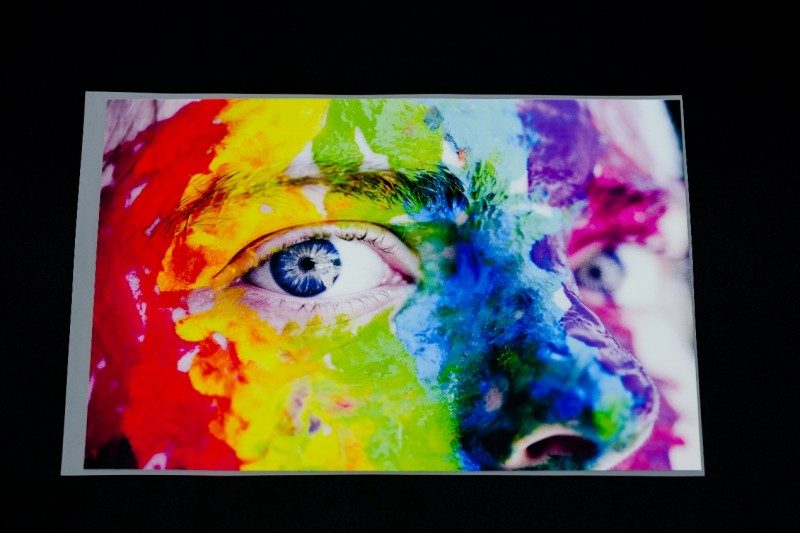
If you’re new to garment printing, using DTF film ...
More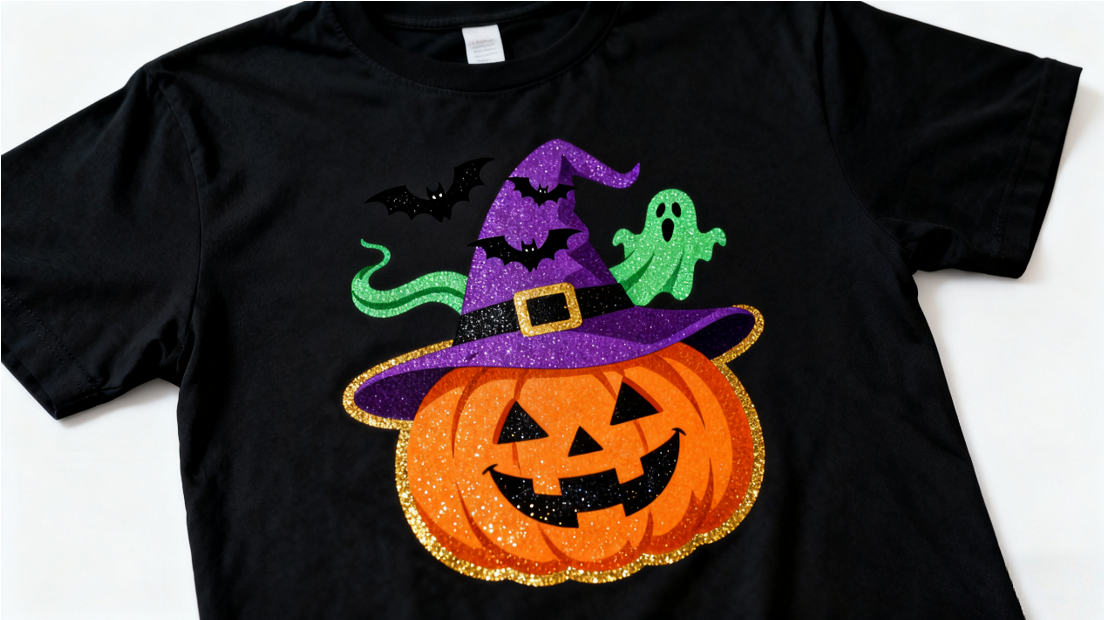
Make your Halloween tees shine with SAILLAGE’s DTF...
More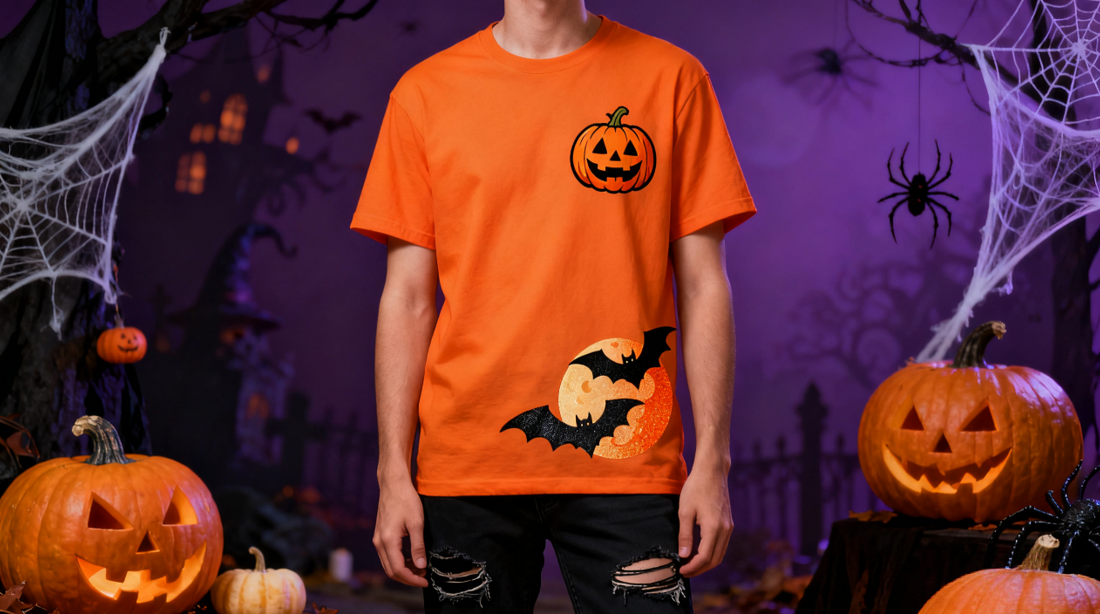
Get ahead of the holiday rush with this actionable...
More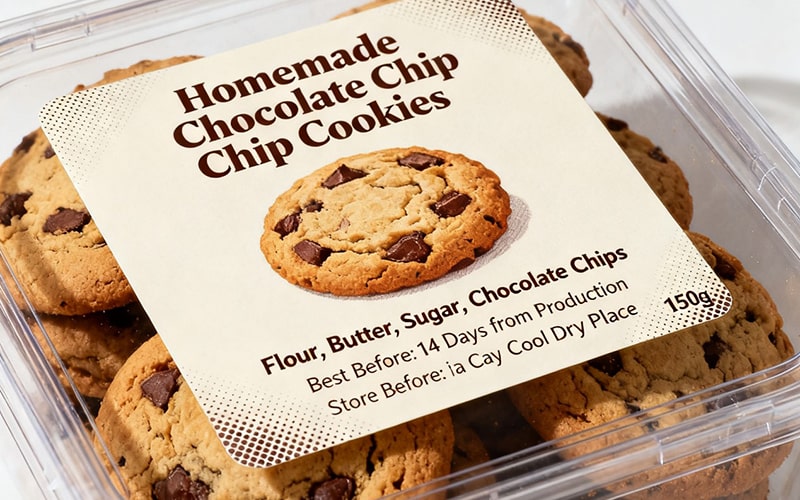
Flexo printing uses flexible plates to create high...
MoreSelect the most popular foreign trade service products to meet your diverse needs
Explore more content related to foreign trade services

Tel: +86 17706217416
Add: Building L2A, No. 520, Lane 1588, Zhuguang Road, Hongqiao World Center, Qingpu District, Shanghai, China
User Comments
Service Experience Sharing from Real Customers
Michael Thompson
Packaging ManagerThe printed BOPP film has excellent clarity and vibrant colors that make our products stand out on shelves. The printing quality is consistently sharp and the material durability is impressive.
Sarah Chen
Production SupervisorGreat quality printed BOPP film with good tensile strength and consistent print registration. The colors remain bright and the surface provides excellent barrier properties for our snack packaging.
David Rodriguez
Procurement SpecialistOutstanding printed BOPP film that exceeds our expectations. The high-resolution printing and excellent ink adhesion ensure our brand logos look professional and durable throughout the product lifecycle.
Jennifer Williams
Quality Control AnalystThe printed BOPP film performs exceptionally well on our packaging lines with minimal static issues. The print quality is reliable and the material maintains its integrity under various storage conditions.